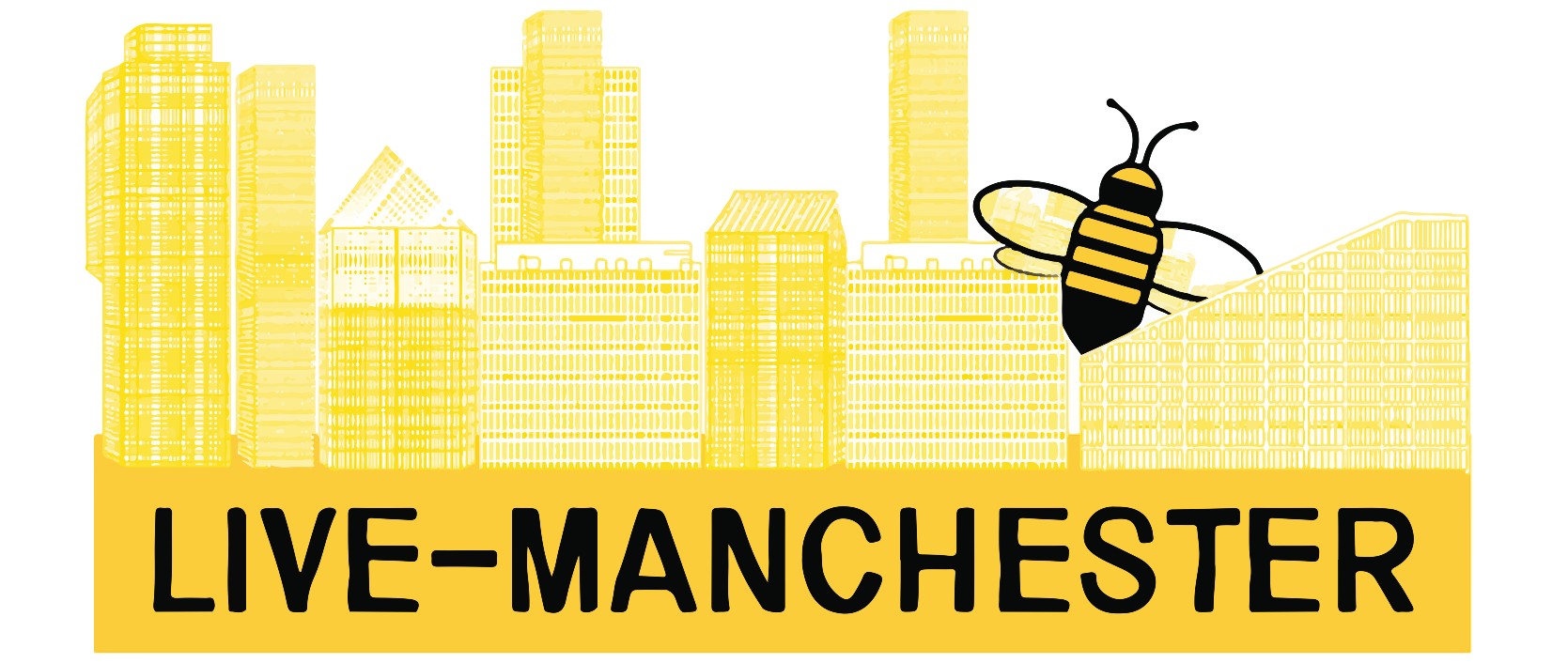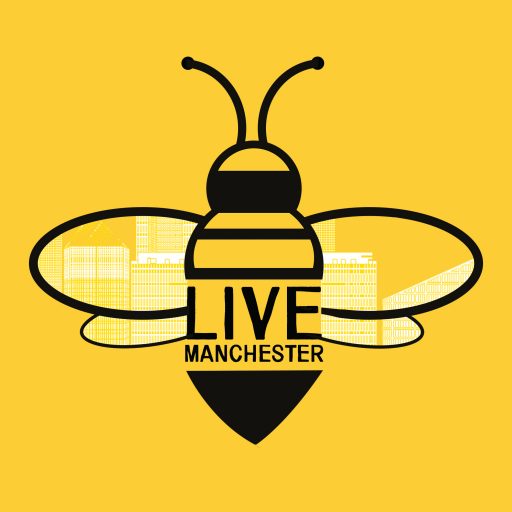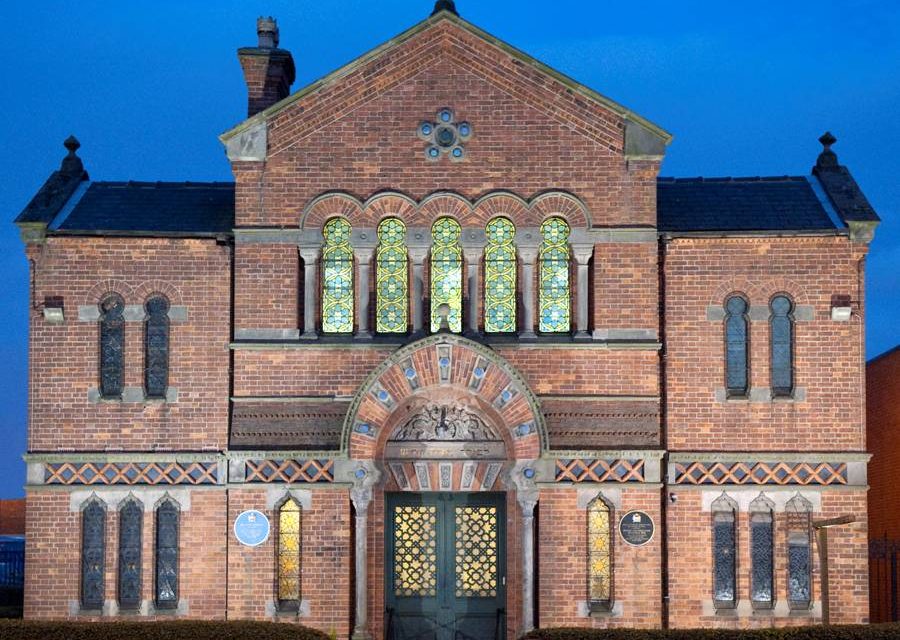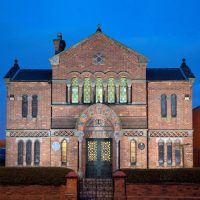Manchester Jewish Museum is set to hold a month of museum experiments this August, including free admission, a Jewish joke board, a museum choir and Jewish cooking workshops.
These experiments are part of the museum’s development project which is being supported by the Heritage Lottery Fund (HLF) who last year awarded the museum £426,900 to progress plans to build a new extension and restore the museum’s synagogue building.
Throughout August museum visitors will gain free admission and will see new, experimental displays in the museum’s gallery. Different sounds and voices will be played inside the museum’s synagogue, testing out ways of bringing the synagogue to life. Every week a new Jewish joke will be told on a noticeboard outside the museum, cheering up the thousands of commuters that drive past every day. Later in August a museum choir is being planned, along with bread making workshops and storytelling sessions.
The August experiments have been developed with artist, Nick Cassenbaum, and Battersea Arts Centre as part of Creative Museums, a research and development programme for small museums in the UK. The museum will also be working with storytelling artist Robin Simpson, musician John Blaylock and virtuoso violinist Jote Osahn to deliver these exciting creative workshops, and all are welcome to take part. These events lead up to the Cheetham Festival, taking place 8-11 September across venues in Cheetham Hill.
Museum Chief Executive, Max Dunbar, commented “We’re looking forward to testing out new ideas this August. Some experiments may work, some may not. That’s the great thing about this process as we learn important lessons through small experiments. We’re hoping to get plenty of feedback (good and bad) which can then be fed into plans for the new Jewish Museum.”
The museum’s permanent gallery tells the story of Manchester’s Jewish community from 1740s to 1945. With Torah scrolls on permanent display, the building’s unique space is used to educate 15,000 visitors a year about Jewish faith, traditions and culture. The authenticity of the space is particularly important to teachers who bring 10,000 pupils a year to the museum. The building also plays an important social and communal role, bringing audiences of all faiths and backgrounds together through exhibitions, events and its award-winning learning programme.




